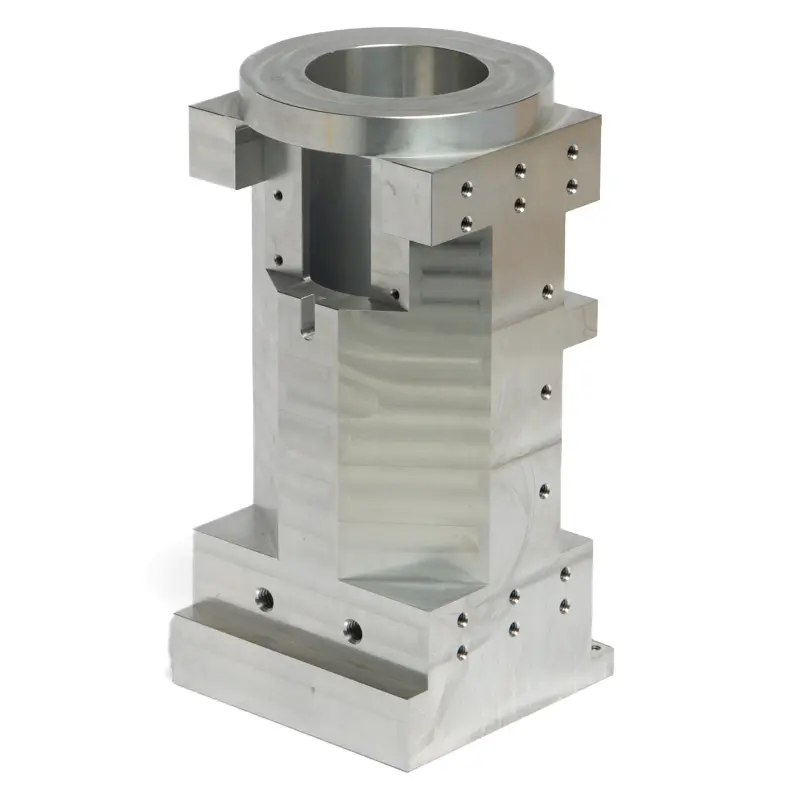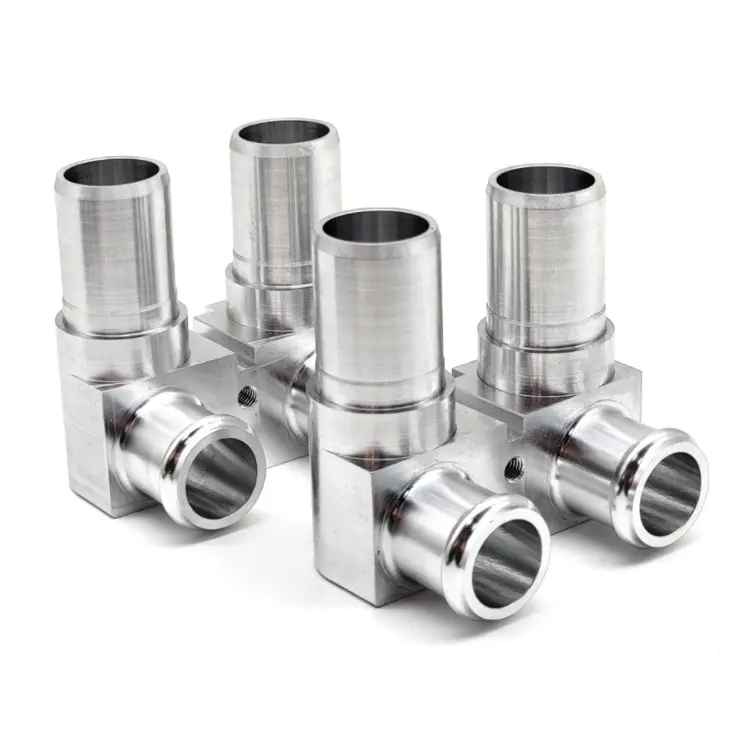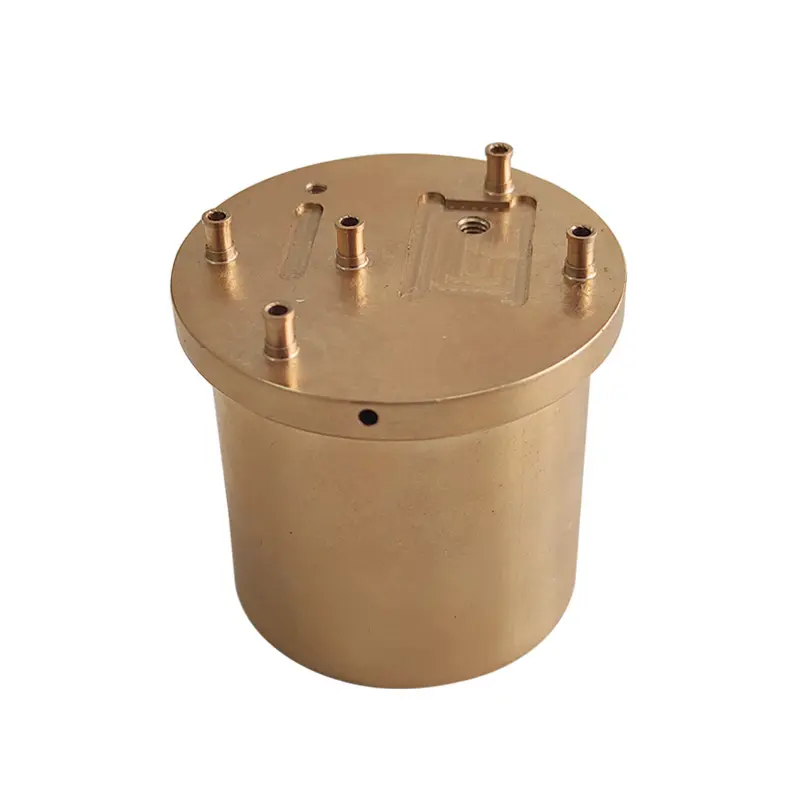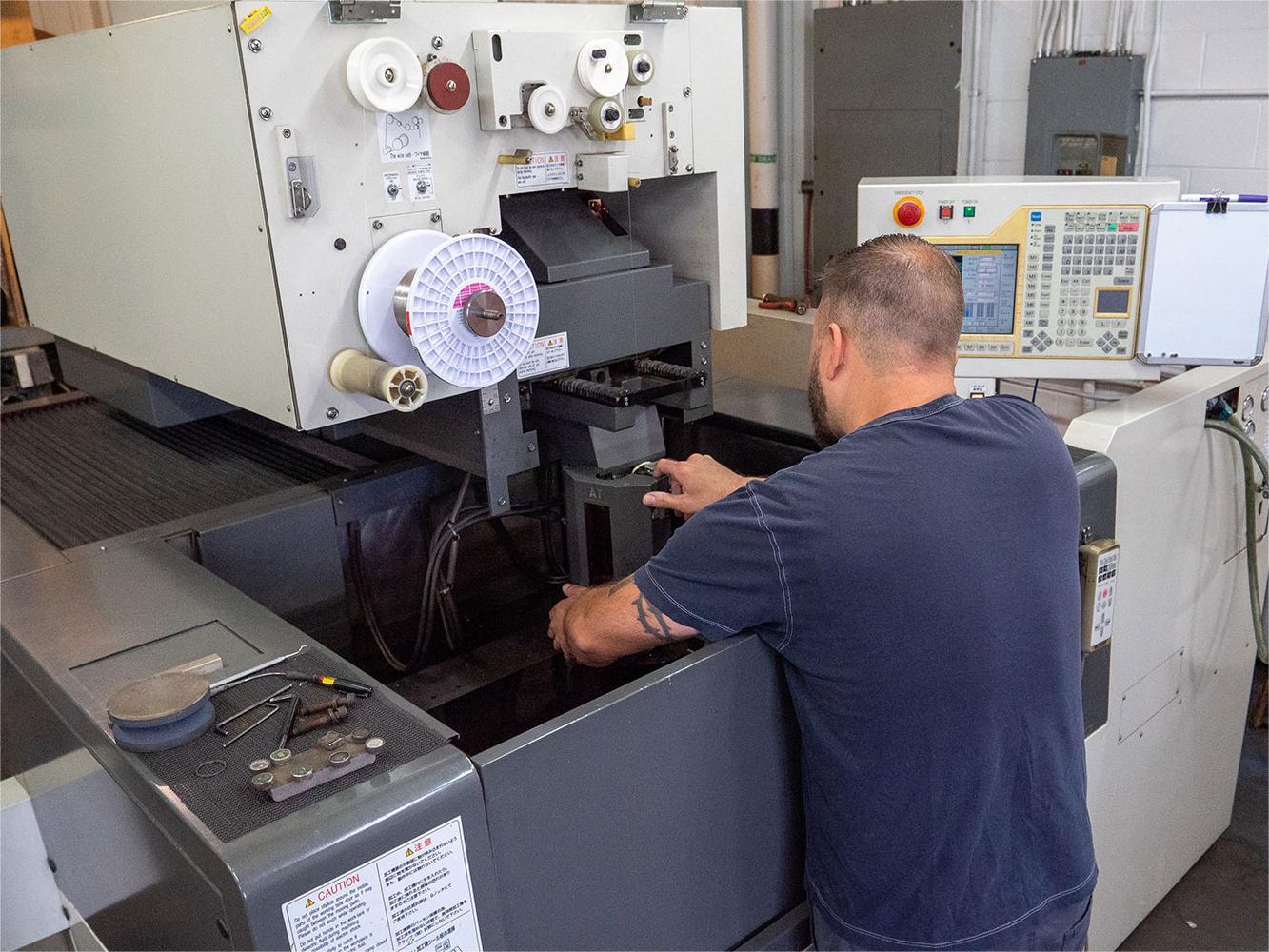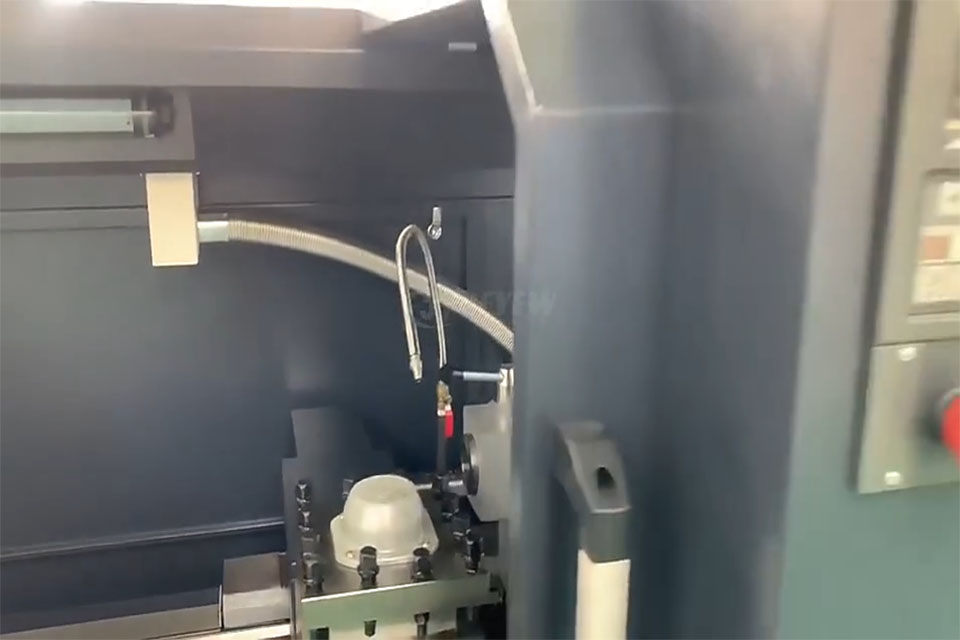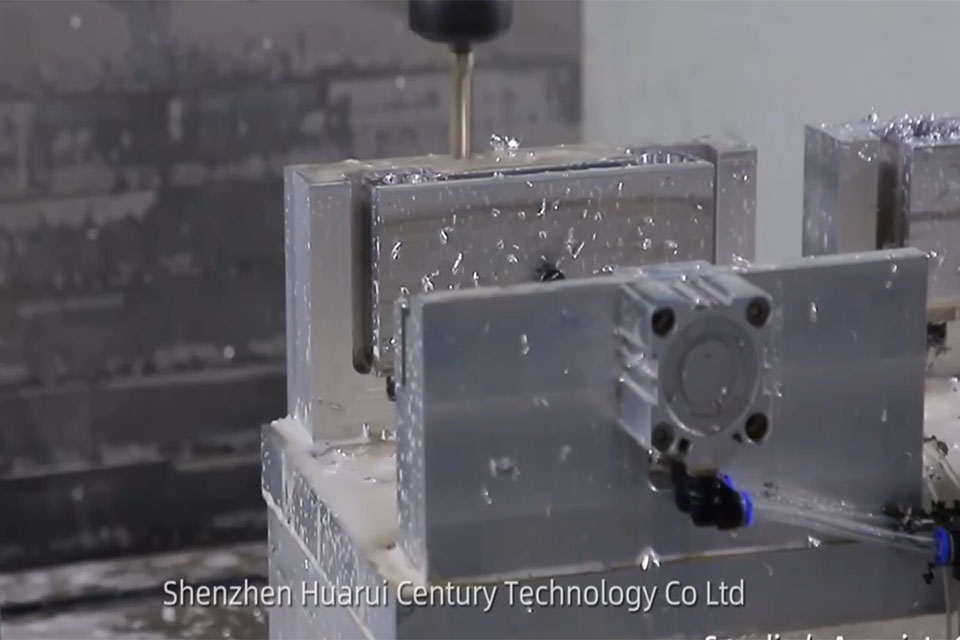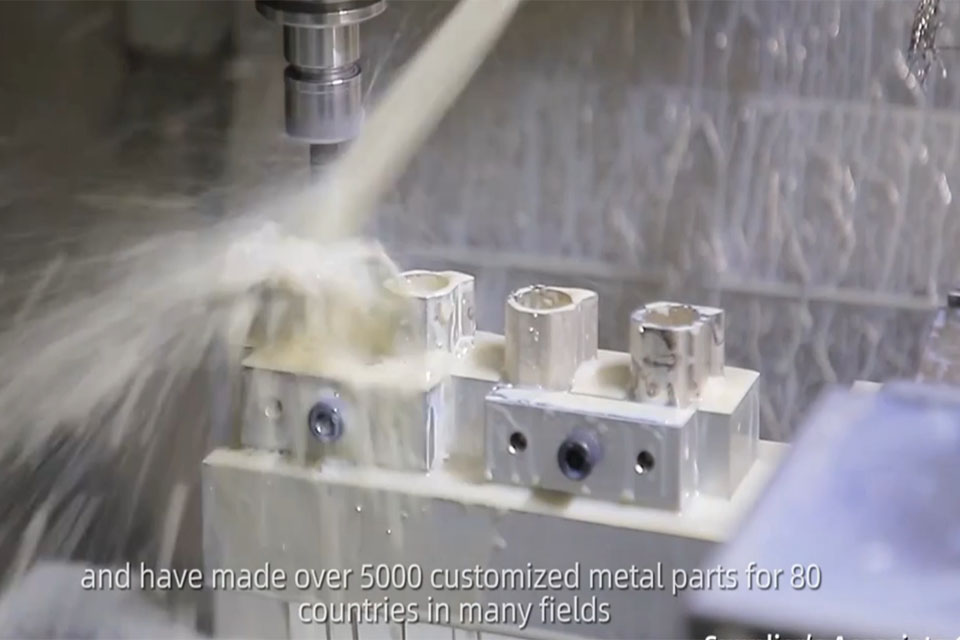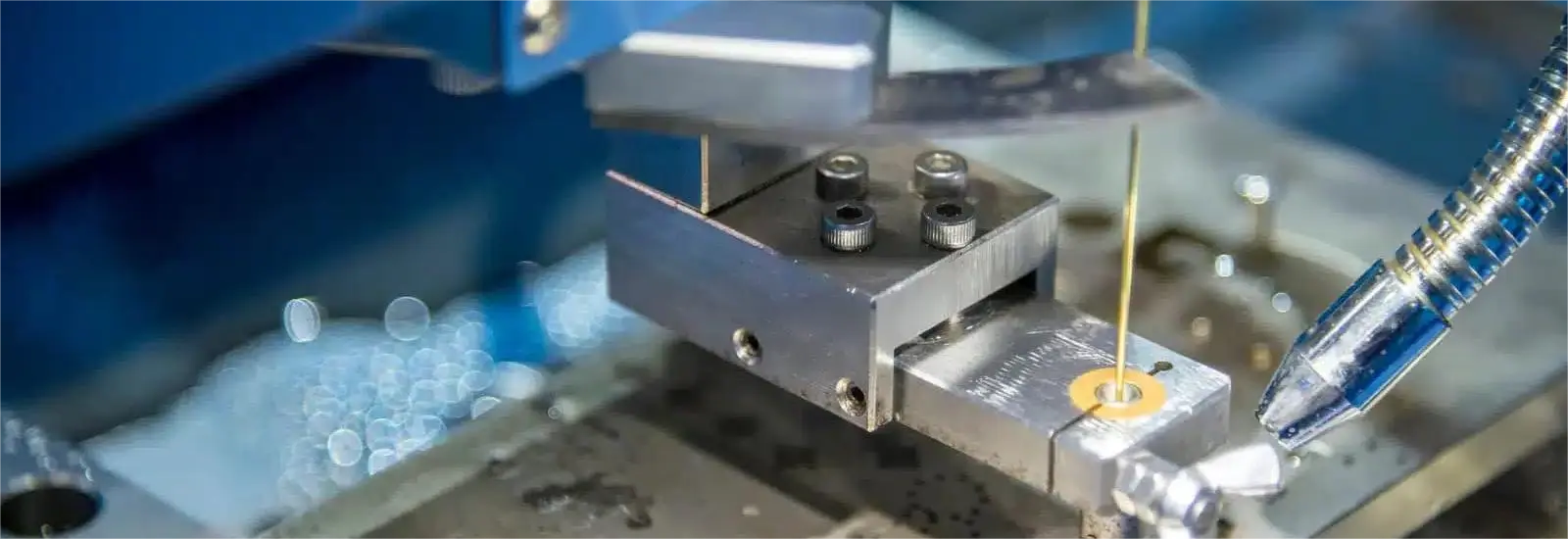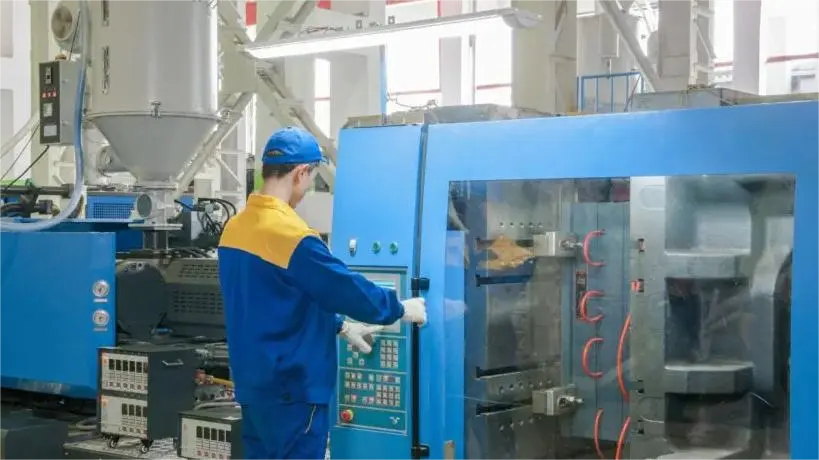
掌握金属薄板制造:晶粒方向和尺寸如何影响性能
目录
导言
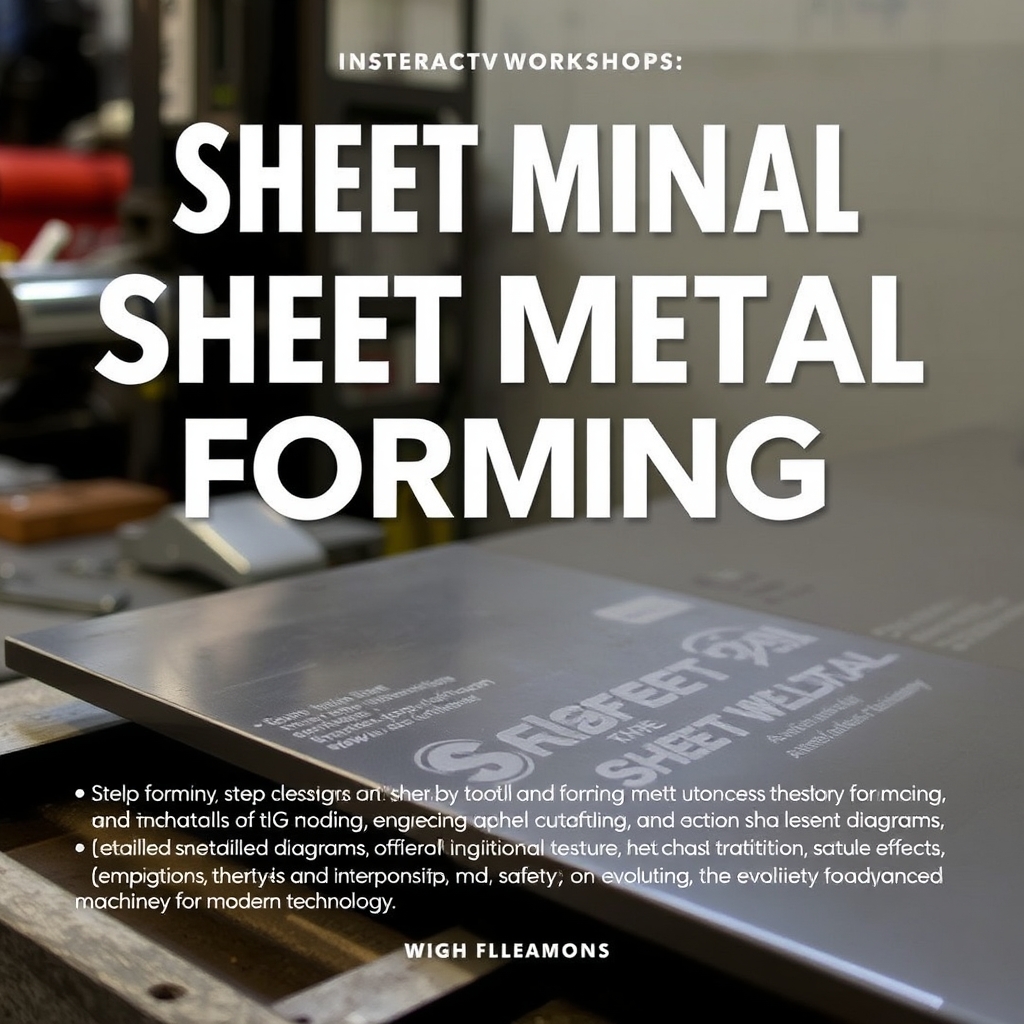
Why Grain Structure Matters in Sheet Metal Manufacturing
Grain direction and size directly affect the 耐久性, flexibility和 manufacturing efficiency of sheet metal parts. By understanding these factors, engineers can design components that withstand stress, reduce waste, and align with industry standards.
The Fundamentals of Sheet Metal Fabrication
Sheet metal fabrication transforms flat metal sheets into functional parts through cutting, bending, and assembly. Common applications include brackets, 围墙和 工业设备. Key processes include:
- 激光切割 for precision shapes
- 弯曲 to create angles and folds
- 焊接 for structural integrity
Alt: Visualizing grain direction in sheet metal fabrication processes
Decoding Metal Grain: Structure and Formation
Metals consist of polycrystalline structures—tiny crystals (grains) bound together. During rolling, these grains elongate, creating a grain direction that impacts material behavior:
- Longitudinal: Parallel to rolling direction (stronger)
- Transverse: Perpendicular to rolling (weaker)
| Grain Orientation | 实力 | 常见应用 |
|---|---|---|
| Longitudinal | 高 | Aerospace components |
| Transverse | 中度 | 消费电子产品 |
Grain Direction: A Make-or-Break Factor in Bending
Bending sheet metal against the grain requires more force but reduces cracking risks. Key considerations:
- Bending with the grain: Risk of orange peeling or tearing.
- Bending against the grain: Higher spring-back but better surface finish.
Pro Tip: For projects like robotic arms 或 medical device housings, align bends perpendicular to the grain for optimal durability.
Grain Size: The Hidden Driver of Material Strength
Smaller grains mean more grain boundaries, which block cracks and enhance strength. Factors affecting grain size:
- Rolling temperature: Higher heat increases grain growth.
- 退火: Reheating resets grain structure for uniformity.
Case Study: A defense contractor reduced part failures by 30% after optimizing grain size through precision annealing.
Nesting Strategies for Grain Consistency
When cutting multiple parts from a single sheet, align all components to the same grain direction. This ensures:
- Uniform bending forces
- Consistent material behavior
- Reduced scrap rates
探索我们的 钣金加工服务 for tailored nesting solutions.
Heat Treatments: Fine-Tuning Grain Structure
Post-rolling treatments like 退火 或 normalizing adjust grain size:
- 退火: Slow cooling for softer, workable metal.
- Normalizing: Air cooling for balanced strength and ductility.
适用于 定制原型 requiring precise tolerances.
Industry-Specific Applications: Where Grain Matters Most
- 航空航天: Grain alignment critical for wing brackets (Learn more).
- 医疗设备: Small grains prevent microfractures in surgical tools.
- 汽车: Consistent grain direction ensures crash-resistant panels.
Case Study: Avoiding Costly Errors in Automotive Manufacturing
A major automotive brand faced repeated bracket failures due to improper grain alignment. By redesigning parts to bend against the grain, they achieved:
- 40% fewer defects
- 15% faster production
How We Ensure Flawless Sheet Metal Parts
在 CNC Manufacturing Service, we combine 先进的激光切割 和 精密机械加工 to optimize grain structure. Our process includes:
- Grain analysis using metallurgical microscopy.
- Custom heat treatments for industry-specific needs.
- 快速原型制作 to validate designs.
Request a 免费报价 for projects requiring 5 轴加工 或 按需制造.
FAQs: Addressing Common Sheet Metal Concerns
How does grain direction affect part longevity?
Grain alignment impacts stress distribution. Parts bent 与 the grain may crack under cyclic loads, common in 工业设备.
Can grain size be adjusted after fabrication?
Yes! Processes like 退火 refine grain structure post-production.
Why is grain consistency important in nesting?
Uniform grain direction ensures predictable behavior during mass production, vital for 消费品.
Does grain size affect corrosion resistance?
Indirectly. Smaller grains slow crack propagation, enhancing durability in harsh environments like energy sector 应用。
主要收获
- Grain direction dictates bending success and part strength.
- Smaller grains = stronger, more durable components.
- Align nesting layouts to maintain grain consistency.
- 与专家合作 精密钣金加工.
Ready to optimize your next project? Explore our 数控解决方案 or contact us for a consultation!
评论
出色的产品案例
标签
相关博客
从我们的博客中获取有关 CNC 加工的最新趋势和事实。

